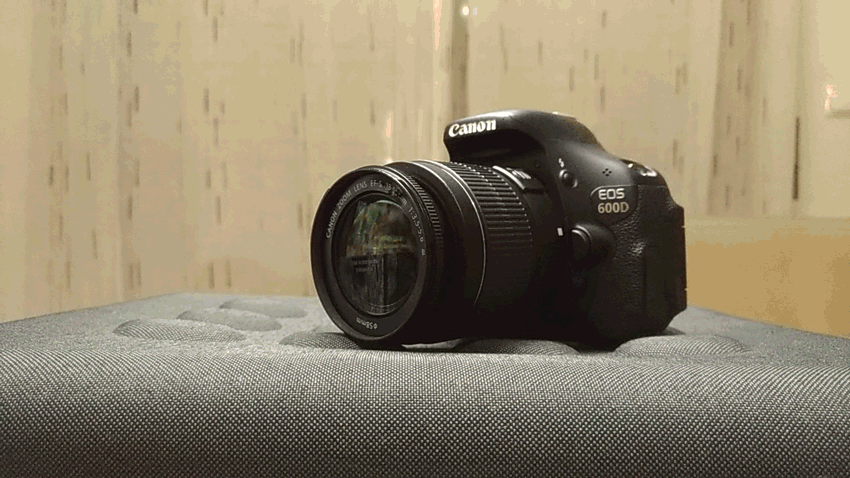
Hi everybody :)
The image features a shell fragment observed in detail, where each texture and hue tells a story of time and wear. The background appears blurred, diffuse, in neutral, soft tones that don't compete with the main subject, instead functioning as a silent space that enhances the surface details.
Small irregular holes and cracks appear on the shell, scars left by natural erosion and the persistent action of small aquatic organisms that, as they feed, have been chipping away at its substance. This image shows not just a physical object, but a testament to marine life, a vestige where biology and geology meet.
The colors form an earthy, balanced palette: toasted white blending with soft grays, burnt orange infiltrating certain areas, and neutral yellow adding discreet luminosity. The ensemble, though simple, conveys a sense of depth and the passage of time, revealing how nature inscribes its complex narrative even on the smallest surfaces.
Technical Description
- Session Purpose
The main objective of this macro photography session is to capture detailed images of this structure, with a focus on thoroughly observing and documenting the visual characteristics and details.
Used equipments
Camera: Canon EOS 600D Digital SLR with CMOS sensor
Lens: EFS 18-55mm with f/5 maximum aperture, allowing shallow depth of field and capturing fine details.
Used inverter ring
Tripod: not used
Lighting: Adjustable LED lights to provide soft, even lighting, avoiding harsh shadows and highlighting the details of structures.
Let's now move onto the result:















Among the numerous techniques available for macro photography, this method is arguably the most cost-effective and efficient for individuals possessing a camera with a removable lens. By simply detaching the lens and reversing its direction, and employing an inversion ring, the process becomes more manageable and streamlined.
Camera Settings
Focus Mode: Manual focus to ensure precision in specific details of the structure.
Aperture: Variable aperture between f/4 and f/5 for adequate depth of field, ensuring all important details are in focus.
ISO: Low ISO setting (800) to minimize noise in images.
Shutter Speed: Adjust shutter speed as needed to avoid underexposure, while maintaining a value that allows you to capture sharp details.
The session is closed for today.
Hope you like it :)

These photos weren't taken with a tripod
Camera - Canon EOS 600D
Lens - EFS 18-55mm
Location - Portugal

See you soon
Thank you for watching
Never forget
The price of anything is the amount of life you trade for it.
Time is life... value yours, make every fraction worth it.
Greetings,
The earthy color palette you captured is beautiful. What was the most challenging part of getting such a sharp, detailed shot without a tripod?
Thanks for sharing both the art and the technical details
The photos was captured in detail. As it close up, it even more show the earthy beautiful of the shell. Thanks for sharing your incredible shots.